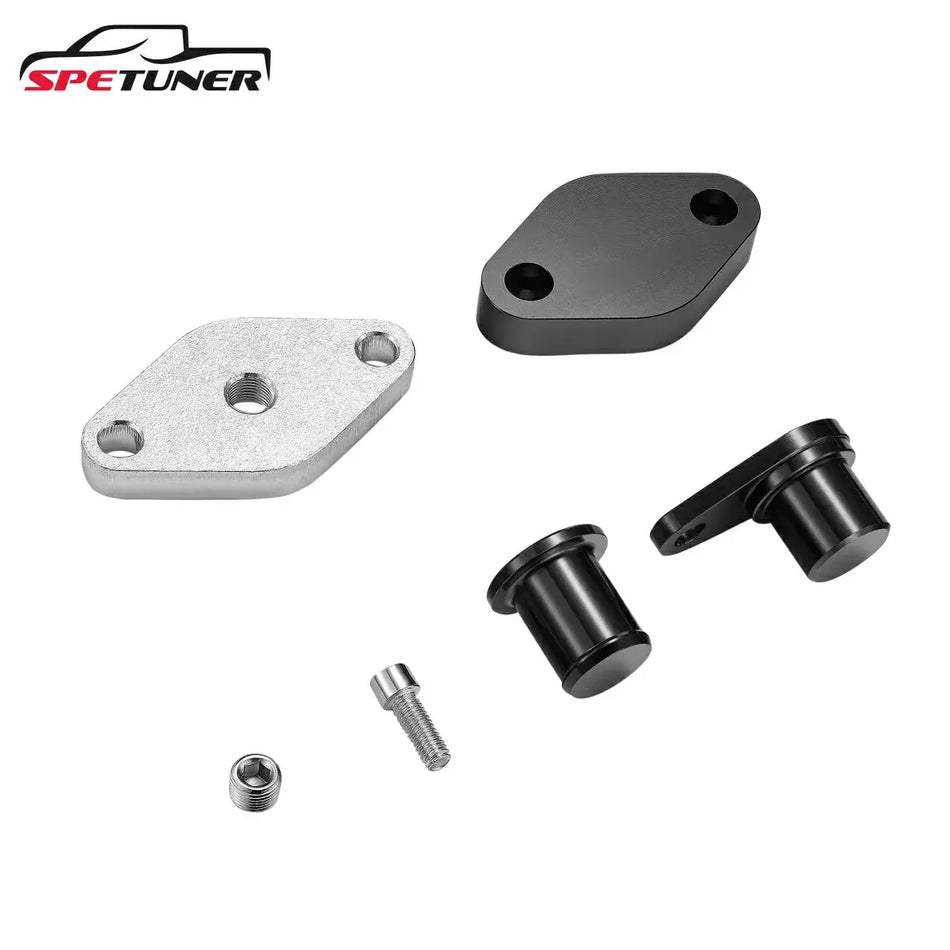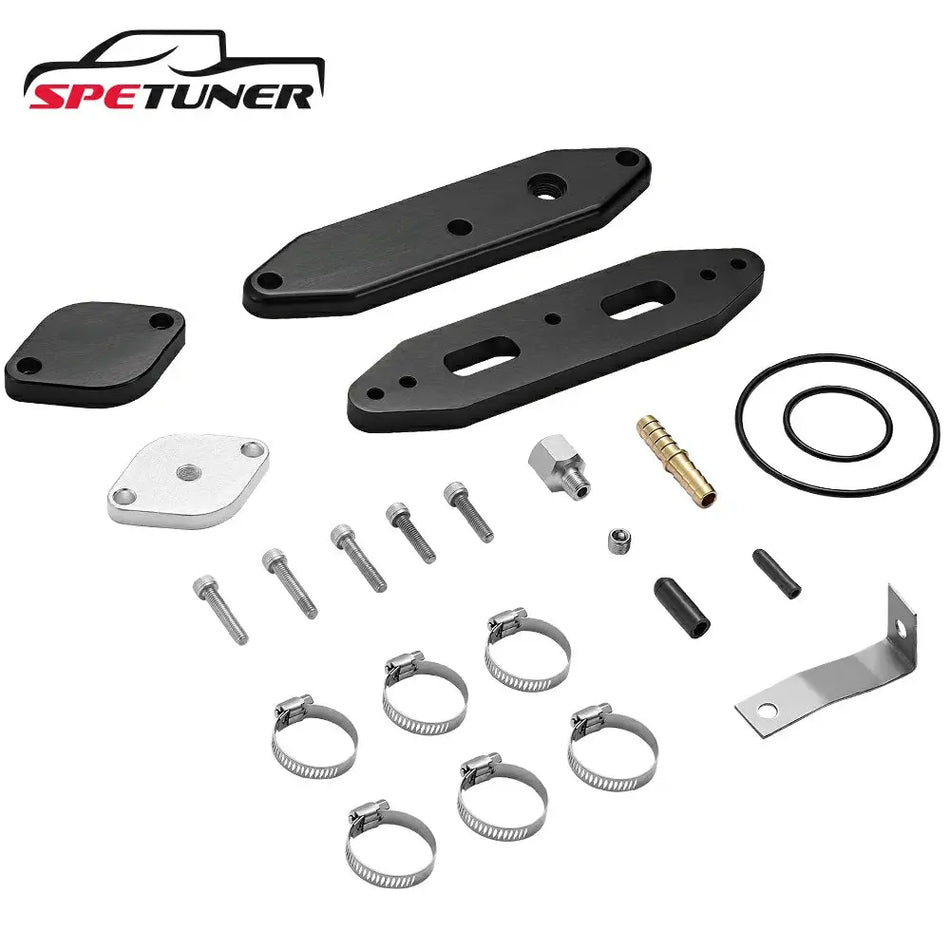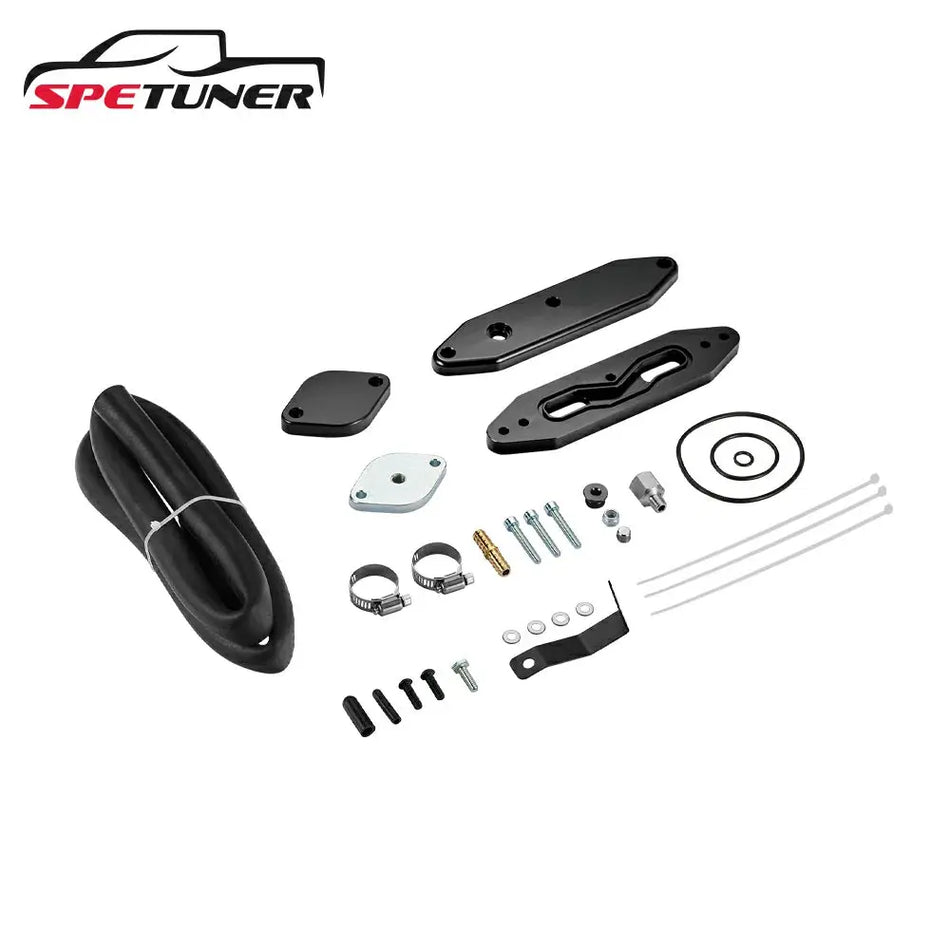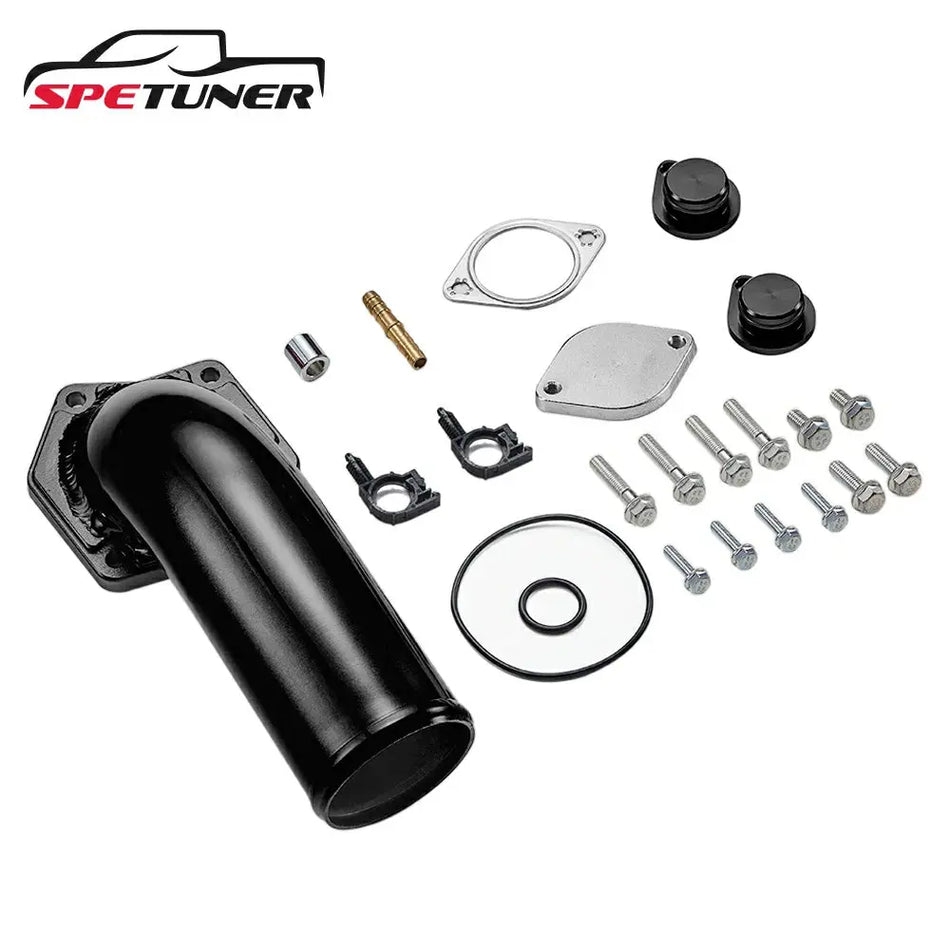There’s a moment when you look at your truck—grimy, tired, hesitating on every throttle push—and you know something's not right. It sputters, chokes, and struggles like it’s got a weight on its chest. If you’ve been under the hood before, you know where to look.
The EGR valve.
That little gatekeeper sitting there, recycling exhaust gases back into your engine. It’s supposed to help, to play nice with emissions, but sometimes it doesn’t. It clogs, it leaks, it robs your engine of the clean breath it deserves. And today, you’re going to free it.
Why Remove the EGR Valve?
It’s not just about the horsepower or the smoother ride—though, let’s not lie, that’s part of it. It’s about taking back control. Engines are meant to breathe. They’re meant to work unshackled, raw and real.
Removing the EGR valve doesn’t just fix idling problems, those annoying check-engine lights, or the carbon buildup choking your intake. It’s a rebellion against inefficiency. A refusal to let a stuck, clogged, half-broken piece of metal control your ride.
And for those of us who drive off-road, in mud, on rocks, or through places the pavement forgot, every ounce of power matters.
The Tools You’ll Need

Nothing fancy. Just the essentials:
- A socket wrench set
- A flathead screwdriver
- A clean rag
- Your EGR delete plate kit (find a good one; they’re worth it)
Before you start, pop the hood and let the engine cool. There’s no romance in burns and blisters.
Step-by-Step: Your Hands, Your Work
-
Find the Gatekeeper
Your EGR valve sits near the intake manifold, a little too close to where the clean air should be. Trace it. Feel the grime, the bolts holding it hostage. -
Break the Chains
Disconnect the battery—always. Then unplug the vacuum lines or electrical harness. The bolts come next. One by one, you’ll free the valve. Turn, feel the tension release, and lift it out.
You’ll notice something: it’s dirty. Black, sooty, almost ashamed of itself. It’s been recycling exhaust for years, pretending it’s helping.
-
Block It Off
Take your shiny new delete plate—smooth aluminum, a little piece of freedom. Clean the mounting surface, scrape off any old gasket, and lay the plate down. Bolt it in. Tighten it well. No leaks, no compromises. -
Rebuild and Breathe
Reassemble. Wipe your hands. Reconnect the battery. The last step is the most satisfying.
Start the engine.
The sound is different. Deeper, cleaner. It’s like the truck knows it’s been unburdened. You press the throttle. There’s no hesitation now, no hiccup of resistance. The power comes back like an old friend.
But Wait—There’s a Catch
It’s not for everyone. Laws, rules, and regulations still exist, and deleting your EGR valve may make your truck unwelcome on public roads. This isn’t a game. If you’re doing this, you’re doing it for off-road adventures, for old trucks that don’t owe emissions tests a damn thing.
So check. Know your boundaries. But if your truck is meant for dirt, rock, or the wilderness beyond, you’ve done something today that matters.

Why It Feels So Damn Good
Deleting the EGR valve isn’t just mechanical. It’s personal. You did it yourself. You got your hands dirty, scraped your knuckles, and freed your engine. It’s something you can’t quite explain to someone who’s never done it—how satisfying it feels to hear your truck breathe like it was built to.
Engines don’t lie. They don’t pretend. They tell you when they’re happy, and when you delete that valve, you’ll hear it in every rev, every rumble.
So close the hood. Stand back. Look at what you’ve done.
You took control. You made it yours again.
And maybe tomorrow, when you turn the key and that engine roars to life, you’ll smile just a little wider.
Because that truck? It’s yours. And now, it breathes free.
Now go. Get your tools. Open that hood. The road—or lack of one—is waiting.
For more articles related to EGR installation you can see our installation guide:https://spetuner.com/blogs/instruction
FAQs
Q1: What happens if you delete an EGR valve?
A1: When you delete the EGR valve, your engine can breathe cleaner air, improving combustion efficiency. You may notice smoother acceleration, reduced carbon buildup, and a slight boost in power. But remember, NOx emissions will increase, and that’s something to consider.
Q2: Is an EGR delete good for the engine?
A2: For an engine, especially in off-road use, deleting the EGR valve can be a blessing. It reduces carbon buildup in the intake manifold and improves reliability. However, higher combustion temperatures could put more stress on internal components, so weigh your options.
Q3: Can I just remove an EGR valve?
A3: You can remove it, but it’s not a simple “yank it out” job. You’ll need a proper EGR delete plate to block the ports, and some vehicles require an ECU tune to prevent engine error codes or limp mode. Do it right, and you’ll get the results you’re looking for.
Q4: How illegal is an EGR delete?
A4: It depends where you live. On-road vehicles must comply with emissions laws, and removing the EGR valve is illegal in most places. Off-road or race-only vehicles are typically exempt, but check your local laws before taking action.
Q5: Will an EGR delete improve fuel economy?
A5: Yes, in many cases. Without exhaust gases diluting the intake air, combustion can become more efficient, which may give you a small bump in fuel economy. Results vary depending on your engine and driving style.
Q6: Does EGR delete increase horsepower?
A6: It can. By removing the restrictions caused by the EGR system, your engine can pull in more clean air, leading to better combustion. You won’t see massive gains, but the improved throttle response and power delivery are noticeable.
Q7: Will deleting the EGR cause a check engine light?
A7: Yes, it likely will. Most modern vehicles monitor the EGR system, so removing it will trigger an error code. An ECU tune can fix this issue by disabling the EGR-related sensors.
Q8: What tools do I need for an EGR delete?
A8: You’ll need basic hand tools—socket wrenches, screwdrivers, and a clean rag. A proper EGR delete kit with a block-off plate is essential. Patience and a little grit are the other tools you’ll need.
Q9: Can deleting the EGR cause engine damage?
A9: Not directly, but deleting the EGR does increase combustion temperatures. If your cooling system is in good shape and you’re not pushing the engine too hard, you’ll be fine. Regular maintenance becomes even more important.
Q10: Is it worth deleting the EGR valve?
A10: If your truck is for off-road or race use, deleting the EGR can be worth it. You’ll get cleaner air into the engine, fewer reliability headaches, and a performance boost. Just remember the legal and environmental trade-offs.










